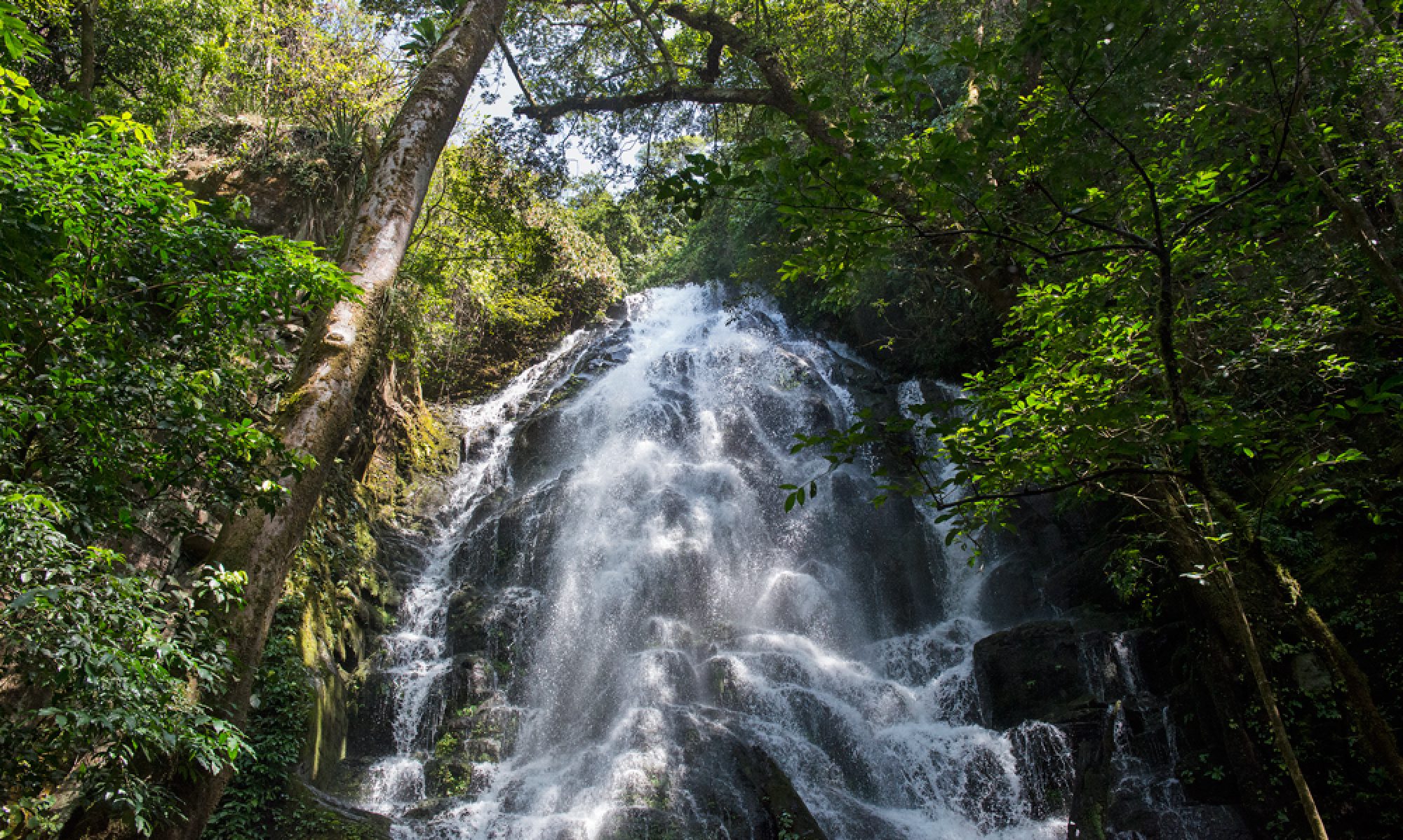This slideshow requires JavaScript.
BY KRISTINA CASAGRAND
TILARÁN, Costa Rica — The wind slaps my face to the side and pummels weary grass parallel with the ground. Overhead, clouds hurry like pedestrians caught in rain. The gale throws us two steps back whenever we jump. Or walk. Or stand. At each fall, we laugh, but the 100 kilometer per hour wind intercepts the sound. We are at a wind farm, and it’s threshing season.
Tejona Wind Farm, Costa Rica’s second largest wind energy operation, benefits from prime topography. On this crest overlooking Lake Arenal in the Guanacaste Province, 30 Vesta turbines can produce 20 megawatts each hour. Such a green energy is no surprise here in some of the world’s most environmentally progressive countries.
Inside the farm’s station, operator Dionicio Ramirez explains that by using this farm’s energy, Costa Rica keeps 60,000 metric tons of greenhouse gases from polluting the air each year—the same as removing over eleven thousand cars from the road. Four different wind farms line the top of these hills. Ramirez has worked at two of them.
When asked about his energy background, he sits up straight and laughs. Pointing east, he explains his start as a neighboring farm’s maintenance worker. In 2007, he became an operator “on the other side of the fence” at the government-owned Tejona operation.
Many Costa Rican wind farms, like the other three in this area, belong to foreign companies. The private ownership causes a mixed reaction from the Ticos, as Costa Ricans call themselves. On one side it’s good, Ramirez says, holding his right hand above the left. It brings in clean energy and jobs, where the Costa Rican government doesn’t have adequate interest or resources. His right hand lowers. On one side it’s bad. Many see the practice as natural resource exploitation. Money leaves the country. His hands rest at equal levels.
“It all evens out in the end,” he says.
Local residents accept the turbines. “Instead of beings something weird, it’s interesting to them, good to them,” Ramirez says. “They take advantage of it for the tourism.”
Some people express concern about bird safety, he says. In many places, environmental stress and oscillating blades disrupt habitats or kill animals. Here, the surrounding land is already deforested, the high winds deter birds, and no migration patterns cross the turbine border. Problem solved.
Wind energy follows hydroelectric and geothermal power as Costa Rica’s top renewable energy sources, which make up 99.2% of the nation’s total production. By 2018, all Central American countries are set to establish a combined electrical transport system, which would allow Costa Rica to sell its energy to other countries.
I look out the window as Ramirez cites more statistics:
- A typical Costa Rican household uses 200-300 kilowatts per month.
- One Vesta turbine produces up to 660 kilowatts per hour.
- The turbines stand 40 meters tall
- They turn 32 times in one minute.
I count off the time for a blade to turn once. “One Mississippi, two Missis—.“ Seconds later a gust blows through. “One Mississippi, two—.“
My stomach cramps against nausea when I imagine a carousel ride of the same velocity. This is the hardest wind I’ve ever felt in my life. Turn your back to it, and your hair thrashes your face. Face it, and your eyes water. The photojournalists hunker down, like the land’s only flowers, and brace their cameras from the buffeting.
Just as the flowers adapt to the wind, Ticos adapt to the new technology. It’s an organic approach to an old problem—using natural resources in a way that will deliver to future generations. Here by Lake Arenal, in prime environmental conditions, Tejona’s success has already prompted plans for a new set of turbines. In other places, I’m sure we’ll learn of well-meaning eco places that weren’t so successful.


